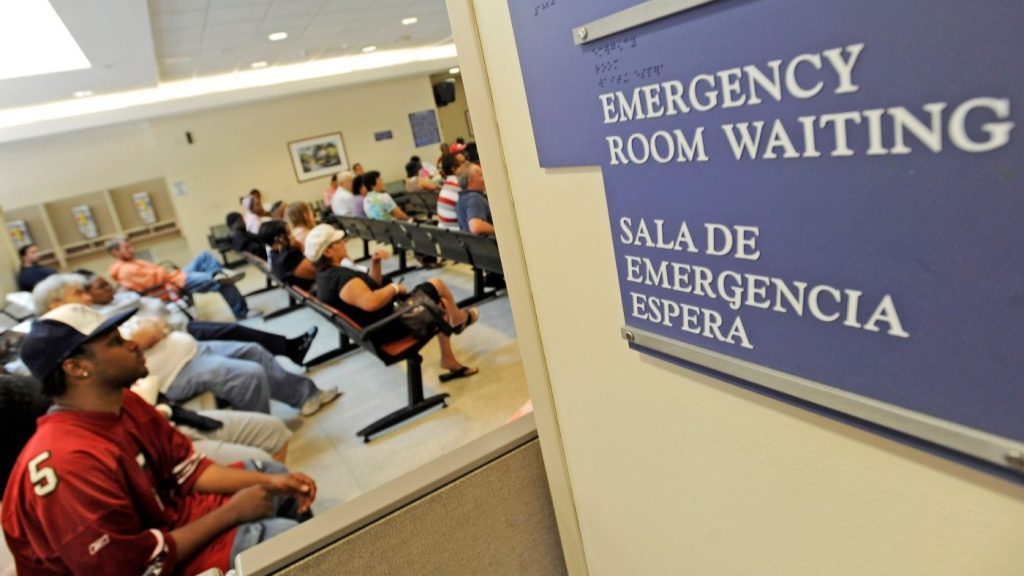Unsupervised exposure of babies and young kids to melatonin has risen a lot recently, leading to thousands of children ending up in the emergency room.
The amount of children aged 5 and under who went to the emergency room due to unsupervised melatonin consumption rose by 420 percent from 2009 to 2020, as per new data from the CDC.
More recently, melatonin was involved in about 11,000 emergency room visits among babies and young children from 2019 to 2022.
These ER visits highlight the ongoing need to educate parents and caregivers about the importance of keeping all medications and supplements out of reach and sight of children, as stated by the CDC.
Based on almost 300 identified cases, researchers estimated that 10,930 emergency room visits occurred during the 2019-2022 period, accounting for about 7 percent of all ER visits in the U.S. for unsupervised medication exposures in infants and young children.
More than half of accidental ingestions involved children aged 3 to 5, and most did not lead to hospitalization.
At least half of emergency room visits for melatonin consumption involved flavored products like gummies or chewable tablets, which are often used by and might attract young kids, according to the agency.
The rise in ER visits coincided with a significant increase in melatonin use by U.S. adults, who use it for sleep.
Melatonin is sold as a dietary supplement, so it's not regulated by the Food and Drug Administration. A recent study of melatonin products in the journal JAMA found that the actual content of the melatonin product was not always the same as the labeled ingredients or strength.
Most products contained higher levels of melatonin than indicated on the label—even dangerously high levels, with one brand's product containing nearly 350 percent more. Some also contained high levels of cannabidiol, or CBD.
“These differences in ingredients or strength could pose additional risk” to children, the CDC researchers wrote.
Melatonin products also do not need child-resistant packaging.
Among ER visits that documented a container type, around three-quarters involved melatonin accessed from bottles, suggesting that infants and children opened bottles or that bottles were not properly closed.
Opting for products with child-resistant packaging might be advisable in homes with young children.









